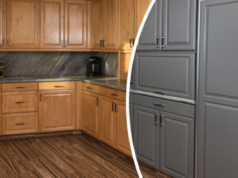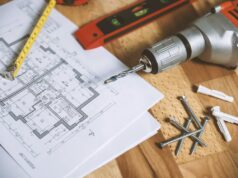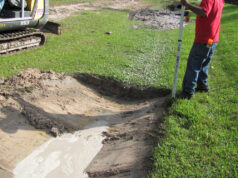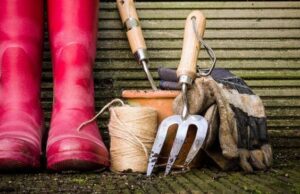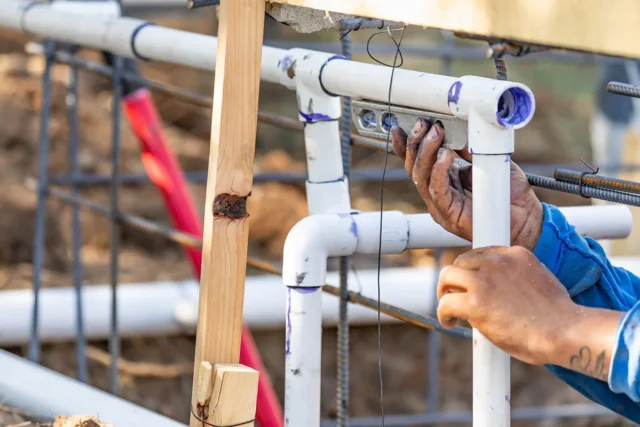
In the intricate process of constructing a house, plumbing plays a foundational role. One critical aspect of this is rough-in plumbing, which lays the groundwork for all the plumbing work that follows. Understanding rough-in plumbing is essential for any homeowner embarking on a house construction project. This article aims to elucidate what rough-in plumbing entails and why it’s crucial to get it right during the early stages of your home’s construction.
Understanding Rough-In Plumbing
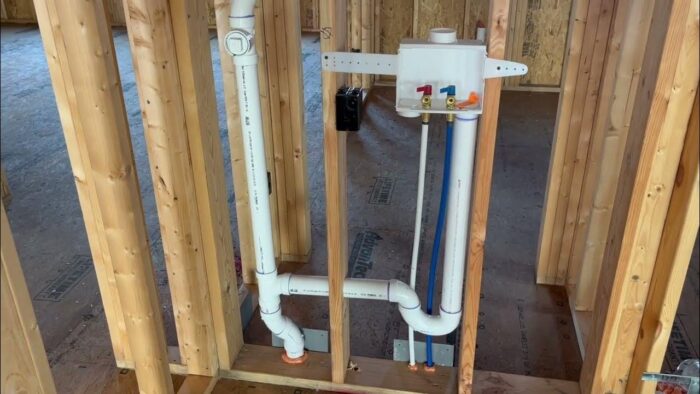
Rough-in plumbing refers to the installation of the basic plumbing system, including pipes, drains, and water supply lines, before the completion of walls and floors. It’s the skeleton upon which the rest of the plumbing structure is built. This stage doesn’t include the installation of fixtures like sinks and toilets but involves laying out the essential network of pipes hidden within the walls and floors of your home.
Planning for Rough-In Plumbing
The success of plumbing rough in heavily depends on thorough planning. It’s imperative to work with a professional plumber who can draft a detailed plan that adheres to your home’s layout and design. This planning stage involves deciding on material choices, the positioning of fixtures, and ensuring compliance with local building codes. Proper planning at this stage can prevent costly modifications later on.
Execution of Rough-In Plumbing
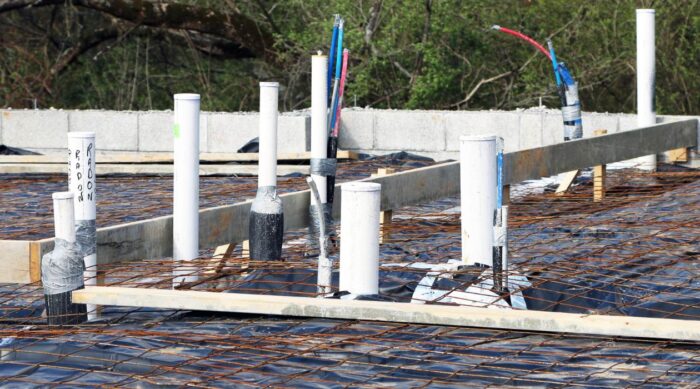
The execution of rough-in plumbing is a critical and intricate part of house construction. It starts with the installation of main drain lines, vent pipes, and water supply lines, strategically placed to ensure optimal functionality and accessibility for future maintenance. During this phase, it’s crucial to accurately measure and cut pipes, maintaining proper slopes and alignments as per the predefined layout. This step requires careful coordination with other construction processes to avoid any structural conflicts or future accessibility issues. Ensuring that all plumbing components are properly sealed and connected during this stage sets the foundation for a reliable and efficient plumbing system in the finished home.
Inspections and Regulations
Rough-in plumbing must undergo inspections to ensure compliance with local building codes and regulations. These inspections are crucial for identifying any issues that need to be addressed before proceeding further. Homeowners should be aware of their local codes and work with plumbers who are familiar with these regulations to ensure that the plumbing system is up to standard.
Common Mistakes and How to Avoid Them
Common mistakes in rough-in plumbing, if overlooked, can lead to substantial issues down the line.
- Firstly, incorrect pipe sizing is a frequent error; it’s essential to choose the right size for efficient water flow and drainage, in line with the demands of the home and local building codes.
- Secondly, improper slope in drain lines is another common issue; maintaining a consistent slope, generally a quarter inch per foot, is crucial for effective drainage and to prevent clogs.
- Lastly, inadequate ventilation is a critical oversight; each plumbing fixture needs proper venting to prevent slow drainage and sewer gas issues. Avoiding these mistakes involves meticulous planning, adherence to building codes, and collaboration with experienced plumbing professionals.
Preparing for Final Plumbing Installations
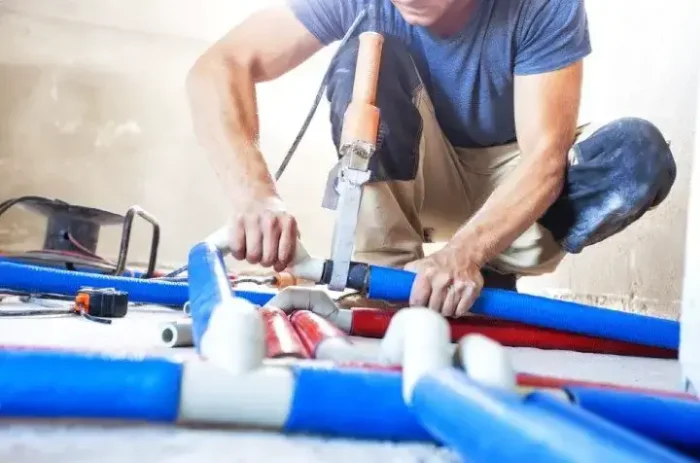
After the rough-in stage, the focus shifts to final plumbing installations like fixtures and appliances. Homeowners should ensure that the rough-in plumbing is compatible with their chosen fixtures and final design elements. This stage often requires a collaborative effort between the homeowner, plumber, and other contractors to align all aspects of the finishing work.
Rough-in plumbing is a critical phase in house construction that sets the stage for a reliable and efficient plumbing system. It requires careful planning, execution, and compliance with regulations. By understanding the importance of this stage and collaborating with skilled professionals, homeowners can lay a solid foundation for their home’s plumbing infrastructure.



